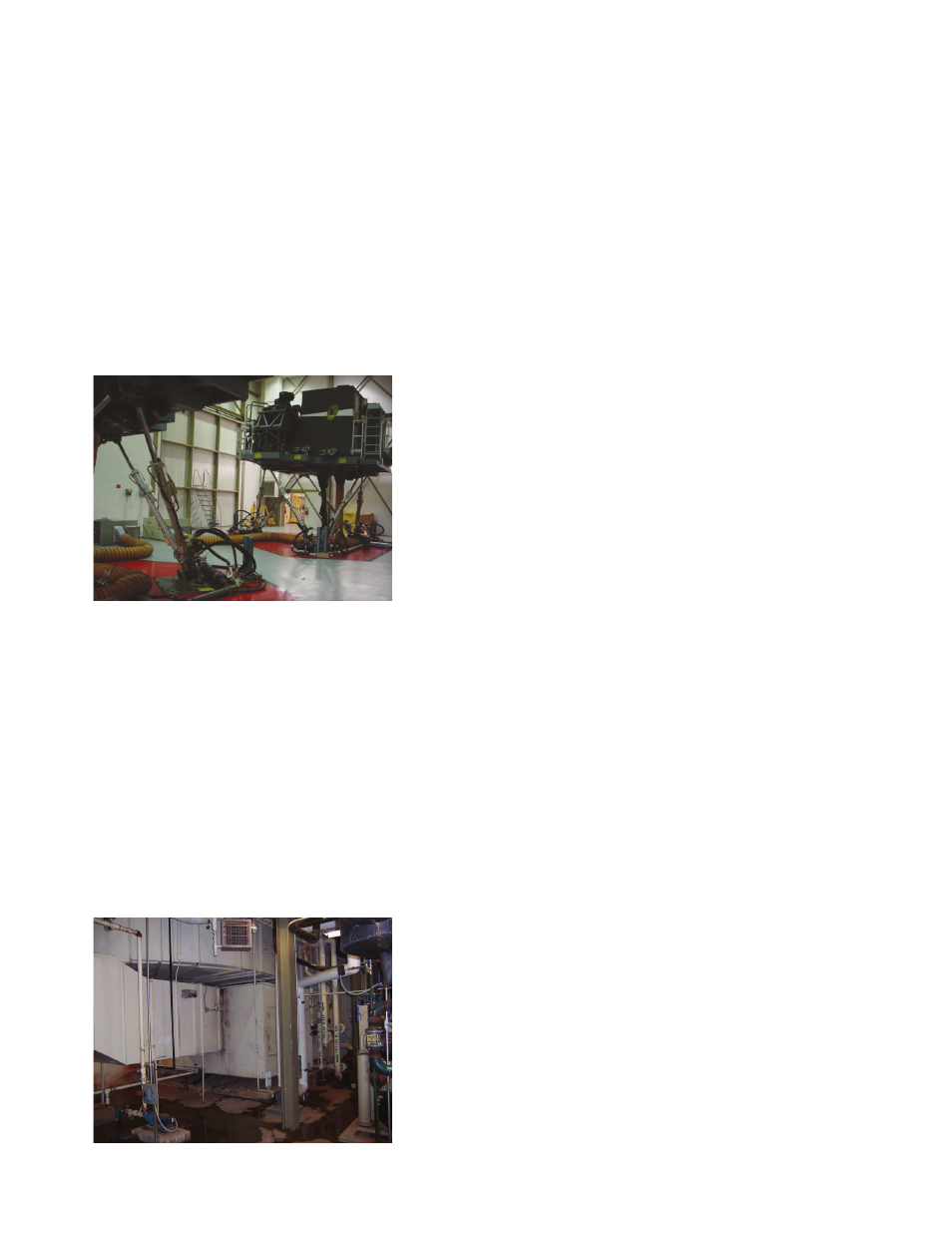Retrotec USACE User Manual
Page 171

Appendix D D41
D.2.5.5 Not Using Temperature Reset/Off-Shift (Waste)
When spaces become unoccupied, the comfort conditions within the space can
be reset to save energy. This is typically done by resetting the space cooling
setpoint up to 29.4 °C (85 °F) during the summer cooling period and resetting
the space heating setpoint to 12.8 °C (55 °F) during the winter heating period.
It is advisable to limit relative humidity at or below 60% RH during the reset
period to avoid microbial growth in the unoccupied space. This can be accom-
plished with a humidistat connected in parallel with the space thermostat. In
this way, air conditioning will operate if the space temperature is above 29.4 °C
(85 °F) or if the relative humidity exceeds 60% RH.
D.2.5.6 Overheating or Undercooling Spaces (Waste)
Figure D66. Flight simulator space
maintained at 68 °F when 23.9 °C (75 °F) is
satisfactory.
Spaces that are too warm or cold for their type of activity may be wasting
energy (Figure D66). There are appropriate thermal conditions for each space.
When the spaces are occupied, the required conditions normally match those
that are desirable for human comfort. When the spaces are unoccupied, the
conditions need only protect the contents of the space. In winter, freezing tem-
peratures must be avoided to protect the building and its systems. However,
it is normally safe to reduce the heating temperature level of a building to a
lower condition after everyone leaves for the day.
When varying schedules of spaces occupancy are found during the site
survey, also check the HVAC system space setpoint schedule to determine how
it corresponds.
D.2.5.7 Equipment Operating When Not Needed (Waste)
Figure D67. Air handling unit running when
space is unoccupied and temperature is
controlled by in-room air conditioners.